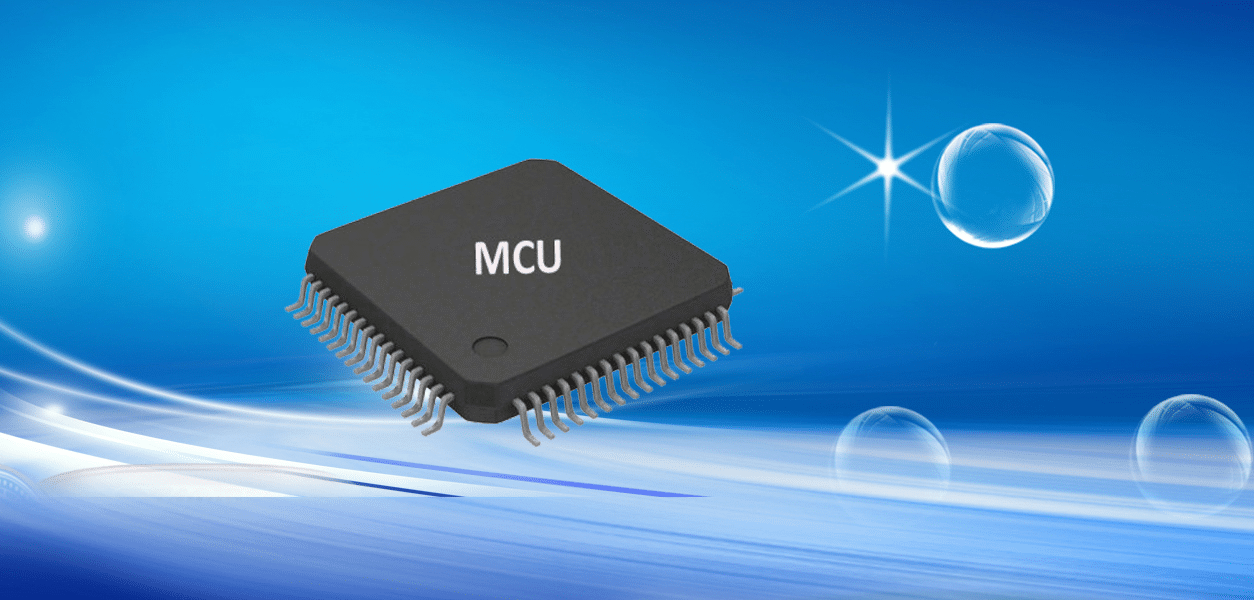MCU (Machine Control Unit) is a critical component of a CNC machine, and its importance cannot be overstated. It enables the machine to operate with precision and accuracy, ensuring consistent results and increasing productivity.

What is MCU in CNC Machines?
In the CNC industry, a Machine Control Unit (MCU) is a central component of a Computer Numerical Control (CNC) system. It is a specialized computer that controls the movements and operations of a CNC machine.
The MCU reads the instructions from the CNC program and converts them into signals that control the various motors and actuators of the CNC machine. These signals are used to move the machine’s tool or workpiece in precise, coordinated motions, according to the instructions in the program.
The MCU is responsible for coordinating the movement of multiple axes, controlling the speed and direction of the machine’s movements, and ensuring that the machine operates safely and accurately. It also monitors the operation of the machine and provides feedback to the operator or program if any errors or malfunctions occur.
The MCU typically includes a microprocessor, memory, input/output ports, and other components that are designed to withstand the harsh operating conditions of a CNC machine. In modern CNC systems, the MCU may be integrated with other components such as the operator interface, program storage, and communication interfaces, to provide a complete CNC solution.
Main Function of Machine Control Unit in CNC
The main function of a Machine Control Unit (MCU) in a Computer Numerical Control (CNC) system is to interpret the program instructions and convert them into electrical signals that drive the motors and other components of the CNC machine. The MCU acts as the “brain” of the CNC system, receiving input from the operator or computer program and translating it into precise movements of the machine’s tool or workpiece.
Specifically, the MCU in a CNC system performs the following functions:
Interprets the program instructions: The MCU reads the program instructions and converts them into electrical signals that control the various machine components.
Executes the program: The MCU executes the program instructions in the correct order and at the correct speed.
Coordinates the motion: The MCU coordinates the motion of the machine’s axes, ensuring that they move in a synchronized and precise manner.
Monitors the machine: The MCU monitors the machine’s operation and provides feedback to the operator or computer program if any errors or malfunctions occur.
Controls the machine’s peripherals: The MCU controls various peripherals of the machine, such as coolant systems, tool changers, and workpiece clamps.
Overall, the MCU plays a critical role in the CNC system, ensuring that the machine operates accurately, efficiently, and safely.
What are the Components of Machine Control Unit?
The components of a Machine Control Unit (MCU) in a CNC system can vary depending on the specific implementation and the complexity of the machine being controlled. However, some of the common components found in an MCU are:
- Microprocessor: The microprocessor is the brain of the MCU and is responsible for executing the control program and managing the inputs and outputs of the system.
- Memory: The MCU typically contains both volatile and non-volatile memory. Volatile memory (such as RAM) is used to temporarily store data and instructions while the system is running, while non-volatile memory (such as ROM or flash memory) is used to store the control program and other important data that needs to be retained even when the power is off.
- Input/Output (I/O) ports: The MCU has several I/O ports that allow it to communicate with the various components of the CNC machine. These ports may include digital and analog inputs for sensors and switches, as well as outputs for controlling motors, valves, and other actuators.
- Communication interfaces: The MCU may also include communication interfaces such as Ethernet, USB, or serial ports, which allow it to communicate with external devices such as computers, network equipment, or other CNC machines.
- Power supply: The MCU requires a stable power supply to operate correctly. The power supply may be built into the MCU itself, or it may be a separate component that provides power to the entire CNC system.
- Cooling system: The MCU generates heat during operation and requires a cooling system to maintain a safe operating temperature. This may include fans or other cooling mechanisms that help dissipate the heat generated by the system.
The MCU is a critical component of a CNC system, and its components are designed to provide the accuracy, speed, and reliability required for precision machining applications.
Summarize
Machine Control Unit (MCU) is an essential component of a CNC (Computer Numerical Control) machine. The MCU is responsible for controlling all aspects of the CNC machine’s operation, including the movement of the cutting tool and the workpiece, the spindle speed, and the feed rate.
The MCU receives input from the operator or a pre-programmed control file and translates it into machine commands. It also monitors the machine’s sensors and feedback mechanisms to ensure accuracy and safety during operation.
The MCU’s importance lies in its ability to control the CNC machine’s operation with precision and accuracy. Without an MCU, the CNC machine would not be able to operate automatically, and the operator would have to manually control all aspects of the machine’s operation, which would be time-consuming and prone to errors.
Furthermore, the MCU allows for the use of advanced features and capabilities, such as toolpath planning, which enables the CNC machine to follow complex cutting paths with high accuracy.